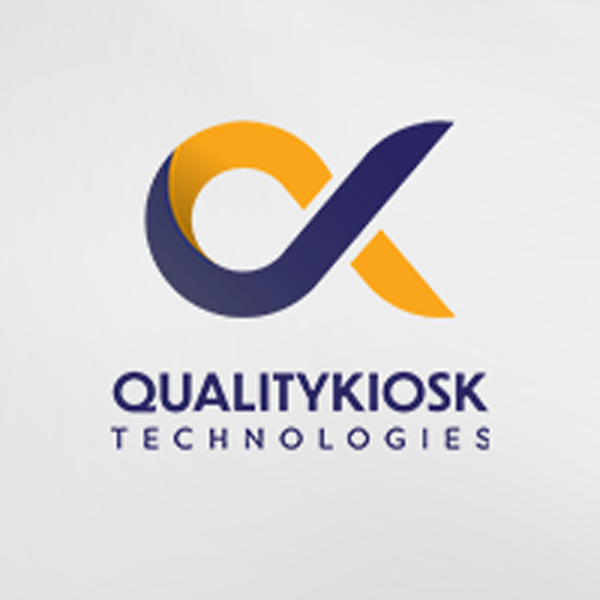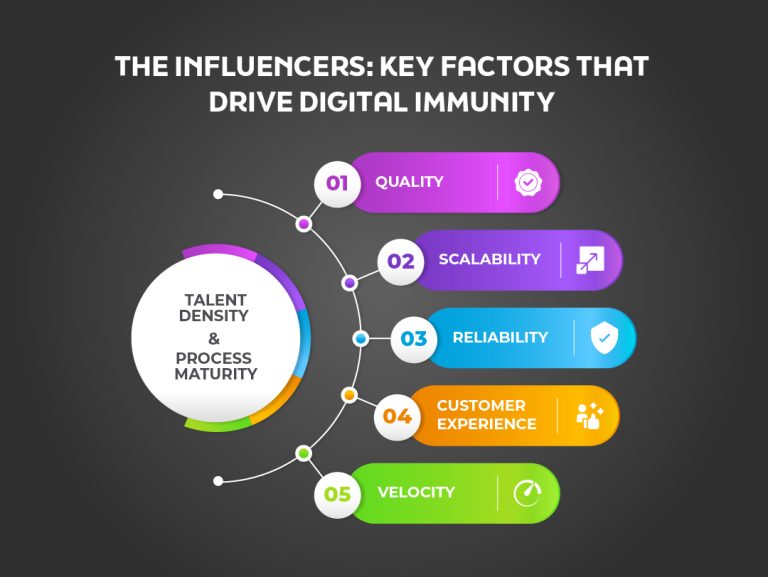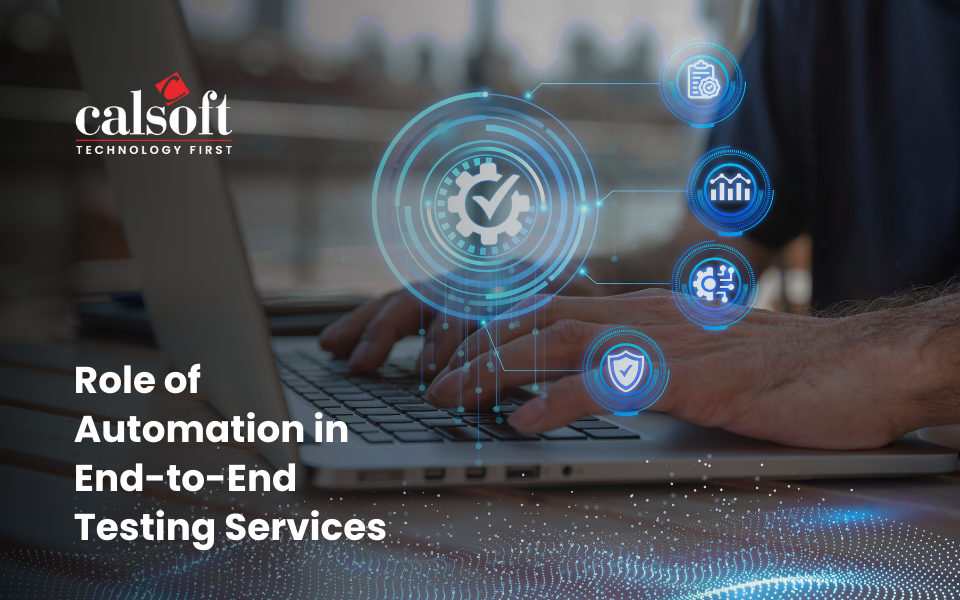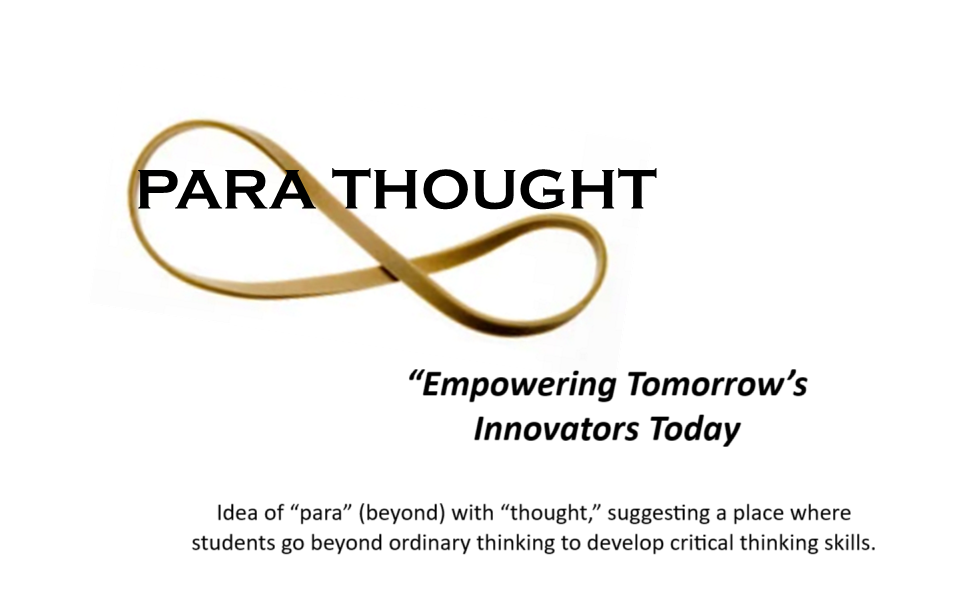For non-technology companies, building the right software at speed is a top priority. However, Tom Cargill’s Ninety–Ninety Rule states, “The first 90% of the code accounts for the first 90% of the development time. The remaining 10% of the code accounts for the other 90% of the development time.”
This rule fundamentally states that when the rubber hits the road (once 90% of the work is done), all hell breaks loose. Quality issues, mismatches with requirements, lack of scalability, reliability, and performance reveal themselves, hijacking the program schedule and cost along with them. The ninety-ninety rule is all too familiar to the IT industry veterans and easily relatable.
Interestingly, this challenge was never solved, and the industry took this inefficiency as a part of the contingency of doing business. We were able to live with these challenges as technology was an enabler of business rather than a business in itself. But now, technology is the business.
We can no longer afford inefficiencies to impact an application’s speed, cost, and, more importantly, customer experience with the brand.
The digital ecosystem needs to be immune to changes and challenges. Leading organizations are coming up with a well-defined strategy that builds digital immunity across the landscape.
Embracing the Ecosystem Quality
The digital transformation that businesses are undergoing cannot be looked at exclusively as a technology transformation initiative. Acknowledging it and knowing the difference separates leaders from followers or laggards. Leading organizations are investing in reshaping business competencies and org topologies with a focus on innovation, quality, experimentation, and skill development – all directed to enhance customers’ digital experience, engagement, and community buildup. Their approach encompasses their engineering ecosystems and competencies.
Contrarily, for organizations that are yet to climb the maturity curve, their focus is much more nearsighted and is limited to a project or, in certain cases, an initiative. The challenge in focusing on a project is its inability to bring scalable, sustained change. Projects are, by their very nature, time and feature bound with a clear end state. Ecosystem change, however, is a journey with a different set of progressive KPIs and goals.
Organizations in today’s world are working to build a community of promoters with active brand engagement. And community can only be built around a product or service that stands for its quality. Hence, ‘ecosystem quality’ takes center stage.
So, what is Digital Immunity?
One can understand digital immunity by looking at the Japanese automobile industry that took over the world in 1970 by building a large promotors base by focusing on its ecosystem quality. It was not their superior inspection ability once a car is manufactured or their marketing capabilities that differentiated them. Their relentless focus on the leading indicators improved the ecosystem quality. Any automobile that came out – stood for its quality.
When it comes to technical products, be it automobiles, software, or reusable spacecraft, organizations cannot scale if they have not mastered quality.
Quality is a hindrance to scale. If we fight quality issues at each stage or project, scalability takes a back seat. The Japanese automobile industry was able to flood the market because they were able to perfect the art and science of quality, which led to their ability to focus on the next stage i.e., how to make predictable and repeatable products at scale.
Relation between Digital Immunity & Tech Leaders
Digital immunity plays a crucial role in distinguishing tech leaders from laggards. Enterprises in the top technology-driven organizations typically perform far better in customer acquisition, engagement and retention. A recent report by McKinsey, “A widening performance gap between top IT organizations and the rest,” highlights the same divide. It’s no surprise that these are also the organizations that have the ability to launch innovative products, and release products or services at a fast pace, and their online presence has a high customer engagement.
Quality – In today’s digital-first world, purely functional or requirement quality should be treated as hygiene. No brownie points to get that right. Unfortunately, the reality is different, and a major reason for this is the lack of a complete and uniform understanding of the application requirements. What was required, understood, and developed follows a good Chinese whispers case study – a game where messages are whispered from one person to another, and the original message is distorted.
Agile methodologies, with its close business and technology alignment, are designed to bring this gap down. However, we see organizations’ inability to focus on agile principles and the value it creates while focusing on its ceremonies.
The need of the hour is to simulate the requirement, build greater blameless reviews, and have a clear definition of what is ‘done.’ Automated quality gates across Software Development Life Cycle (SDLC) and its close integration with build progression rules should take precedence.
Scalability – All businesses want to increase their user base or engagement. Hence getting the ecosystem to scale is critical. Scalability testing helps identify potential ecosystem bottlenecks, performance limitations, or resource constraints within the enterprise by simulating various scenarios, such as concurrent user access, high transaction rates, or increased data input. The goal is to determine how well the application and its surrounding ecosystem can scale, maintain responsiveness, and handle increased loads without compromising performance, stability, or user experience. By conducting thorough scalability testing, organizations can proactively address scalability issues, optimize resource allocation, and fine-tune the application’s architecture to scale seamlessly to meet growing user demands and business requirements. This enhances the application’s performance and contributes to overall customer satisfaction, user retention, cost optimization and business success in today’s dynamic and rapidly evolving digital landscape.
Reliability – While scalability checks for an ecosystem’s ability to handle the load, reliability focuses on assessing the application or IT landscape’s ability to perform its intended functions without unexpected failures or errors consistently or addressing failures gracefully.
Reliability testing involves subjecting the application to a variety of scenarios and stress to uncover potential flaws or vulnerabilities that could impact its reliability. Simulating different operating conditions, such as high user loads, extended usage periods, forcefully crashing random services, or intermittent network connectivity, to assess how the application responds and recovers from adverse situations. By conducting reliability testing, organizations can identify and address issues related to memory leaks, resource utilization, error handling, and system crashes, among others.
The goal is to ensure that the application can withstand real-world conditions and deliver a seamless user experience without compromising reliability. By emphasizing reliability testing, organizations can enhance customer satisfaction, reduce downtime, and establish a reputation for consistently providing robust and dependable applications that meet user expectations.
Customer Experience – We discussed requirements and application quality, ecosystem scalability, and reliability. However, another critical aspect is how the said application behaves on the customer’s (end user’s) device. Be it a mobile native app, a PWA, or an application on an entire device browser, the application’s ability to provide a seamless cross-device platform experience is critical. This aspect holds special importance for applications designed to work on mobile or IoT devices. Handheld devices (smartphones, tablets, or e-readers) run on multiple OSes and versions, with each device OEM adding its bit of customization, which can play havoc with third-party applications. Customer experience testing is the last mile usage test to ensure the application fulfills its given objective where it matters the most—on end-user devices.
Velocity – With the fast-paced nature of business and technology advancements, organizations need to deliver software products and updates quickly to stay competitive. It enables faster time-to-market, allowing businesses to seize opportunities and meet customer needs promptly. Focusing on Quality, Scalability, and Reliability with the best Customer Experience is critical, and so is the importance of doing all that at speed.
Autonomous automated continuous testing, DevSecOps, and TestOps need to be well orchestrated through a platform-driven approach where the key focus is quality with speed. Building digital immunity cannot be an excuse to slow down. On the contrary, a better immune system enables faster and more predictable outcomes.
These core factors drive digital immunity across an organization’s ecosystem. Overarching the core drivers are an organization’s security focus, its principles, processes and procedures, audit and governance.
Talent Density & Process Maturity – The success of an organization’s digital immunity strategy depends on its talent density and the process it follows. More often than not, skills that gave us success in a traditional IT setup become a hindrance to digital transformation. Continuous skill enhancement leading towards more digital competency is required as an organization’s technology maturity that drives innovation at speed corelates to its engineering competency.
Examples of organizations that have robust digital immune systems include
Google (Alphabet), Facebook (Meta Platforms), and Amazon.com.
Way forward
Quality plays a crucial role in the digital transformation journey. As organizations embrace digital technologies to streamline operations, enhance customer experiences, and gain a competitive edge, the focus on delivering high-quality digital products and services becomes paramount. Customers have higher expectations than ever before, demanding seamless user experience, reliable performance, and impeccable security. To meet these expectations, organizations must prioritize quality throughout every stage of the digital transformation process. This involves rigorous testing, continuous monitoring, and ongoing optimization to ensure digital solutions are free from defects, vulnerabilities, and performance bottlenecks.
Thus, investing in quality engineering practices can minimize downtime, prevent costly errors, and enhance customer satisfaction. Moreover, quality-driven digital transformation enables organizations to build trust and credibility, establishing a solid foundation for long-term success in an increasingly digital world. As technology continues to evolve, the role of quality will only grow more significant, driving innovation and enabling organizations to deliver exceptional digital experiences that delight their customers and drive business growth.


































